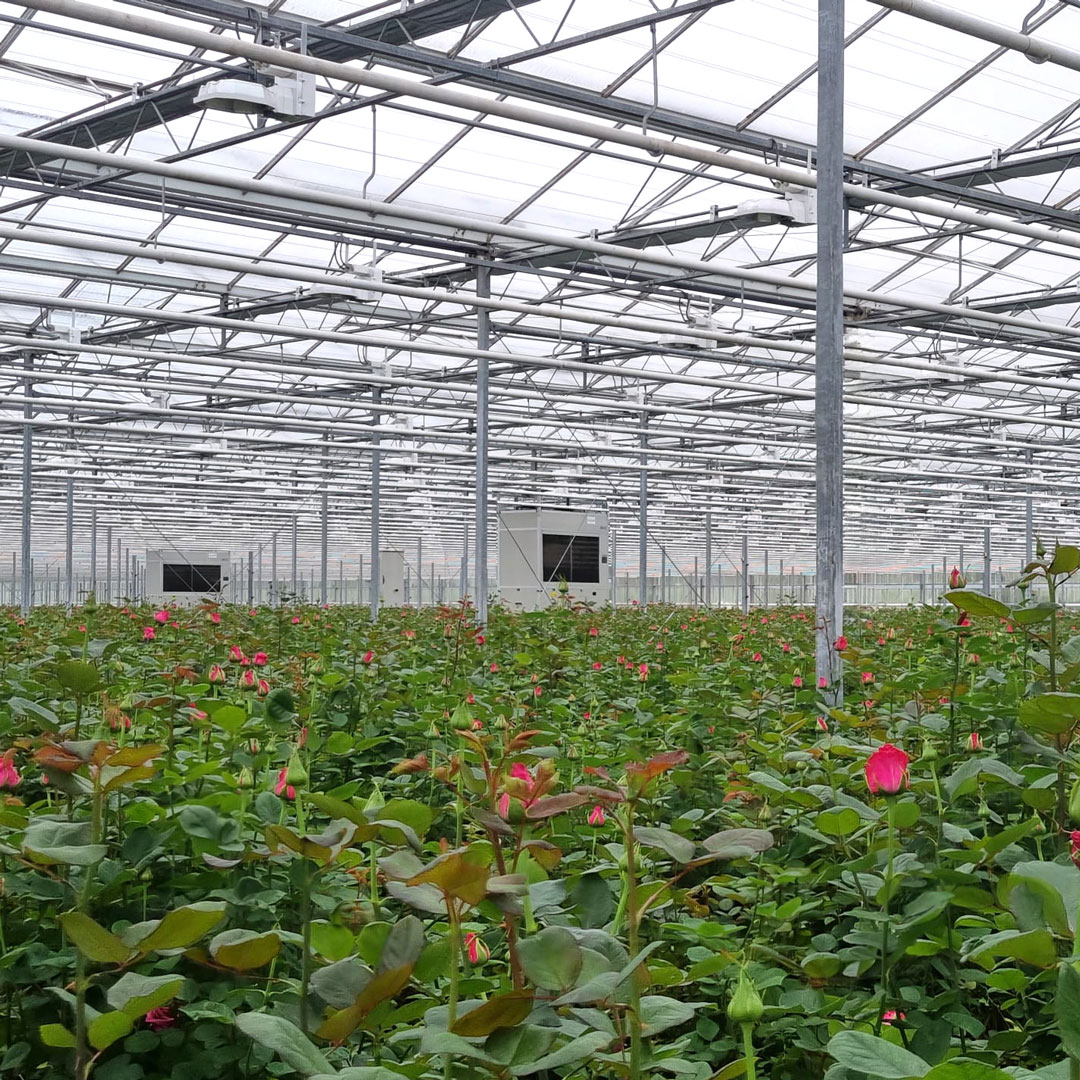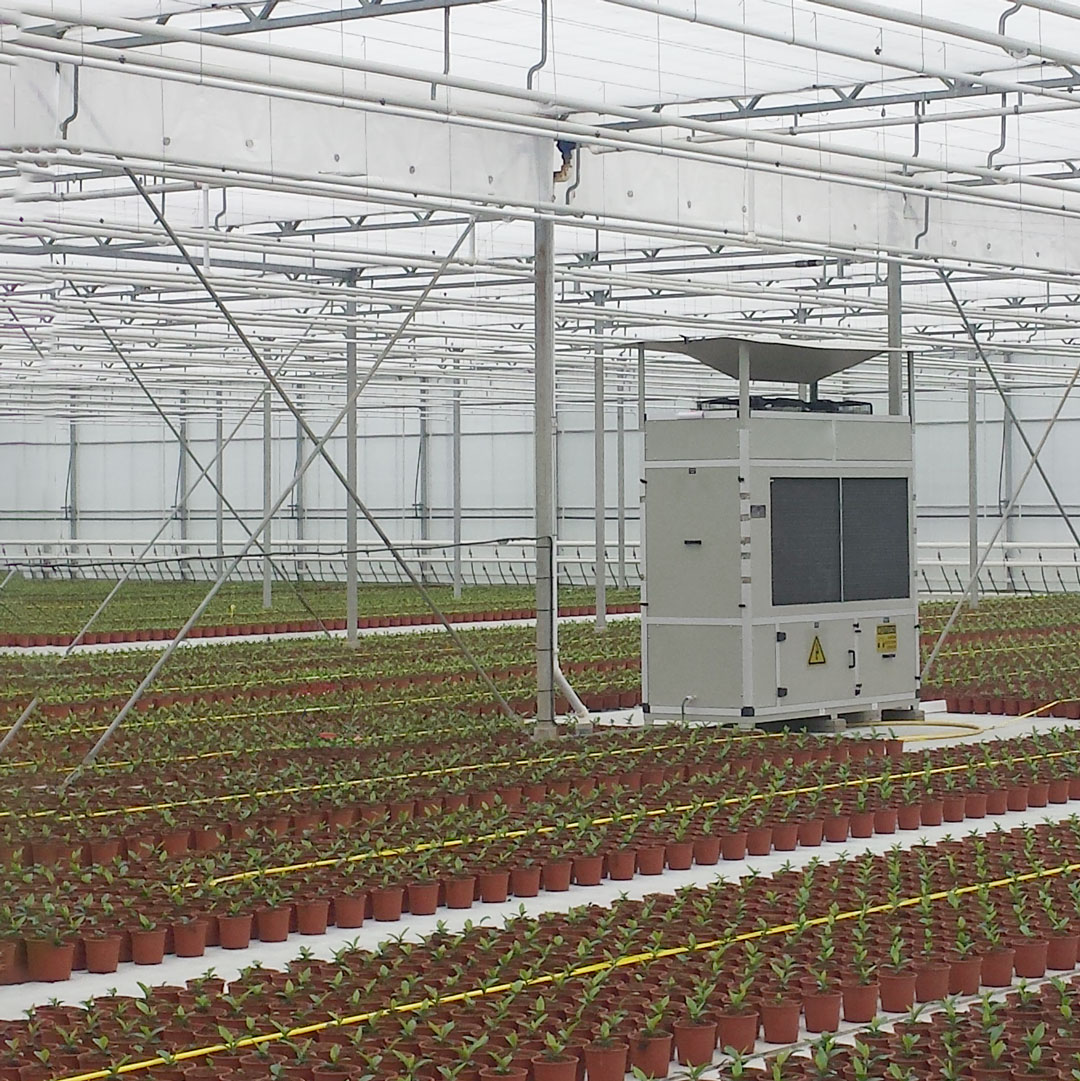The Development and History of Agriculture
The main role of the agriculture sector is to produce and provide food. Over the years, the field went through many changes, deriving from cultural and social growth, the development of settlements and transportation, the increase of trade, and the development of technology.
In the beginning, human society consumed its food from nature.
Life was harder then and survival was a real challenge. The first agricultural revolution had occurred when people replaced nomadism for permanent habitat (about 10,000 years ago), which derived from the realization that their food supply can be grown artificially and not only by searching in the wilderness, what made life much more comfortable.
As a part of the process, they worked the land, invented new tools, increased their output, started to trade and learned about the benefits of wild plants (such as wheat).
Growth in Population Led to the Agricultural Revolution
The second revolution occurred between the 17th and 19th century when a significant growth in the population led to a growing demand for food.
In order to provide sufficient amount of food, the agriculture field had to provide more agricultural products. At the same time, people started to own and build family farms using their crops for private needs as well as for trade.
In addition, agricultural machines started to replace manual labor and the fields were worked by tractors and sewing machines.
Modern Agriculture
The third revolution occurred in the 20th century and led to the development of modern agriculture.
Throughout the years, the modern agriculture became industrial agriculture. industrial agriculture combines the usage of knowledge and energy-intensive technologies with agricultural machinery.
With the spirit of an ongoing progression, in the last decades, we have witnessed the “white revolution”, growing inside greenhouses covered in sheets of plastic or nylon, which offer controlled climate, water, and soil.
The Green Revolution
This revolution which started in the 20th century is mainly relevant to Western developing countries. During those years attempts were made to grow types of crops which could produce a large yield per fixed area.
Many modern methods were implemented then, such as advanced water irrigation systems, new drainage systems, the usage of pesticides and fertilizers, building small greenhouses. The result was an increase in the yield and even surplus produce.
Present Day Agriculture
Agricultural processing has a significant influence on the environment, therefore the needs of development and society should be considered with the needs of the environment. Agriculture is continuously developing, the population’s need for food increases constantly as it continues to grow. Modern agriculture has benefits such as large produce per one unit of land and water saving.
Nevertheless, there are some disadvantages to the modern methods, the usage of fertilizers and pesticides. These substances can harm both to the environment and the consumers, they seep into the ground and into the crops, and at this point, we are unable to estimate the extent of the damage.
In addition, with the rising awareness to keeping a healthy lifestyle and the growing demand for organic agriculture which emphasizes a minimal damage to the environment, we may be on the brink of the next revolution.
DryGair offers a breakthrough in the modern-sustainable agriculture and enables the growers to improve their product while maintaining a green and healthy environment.




